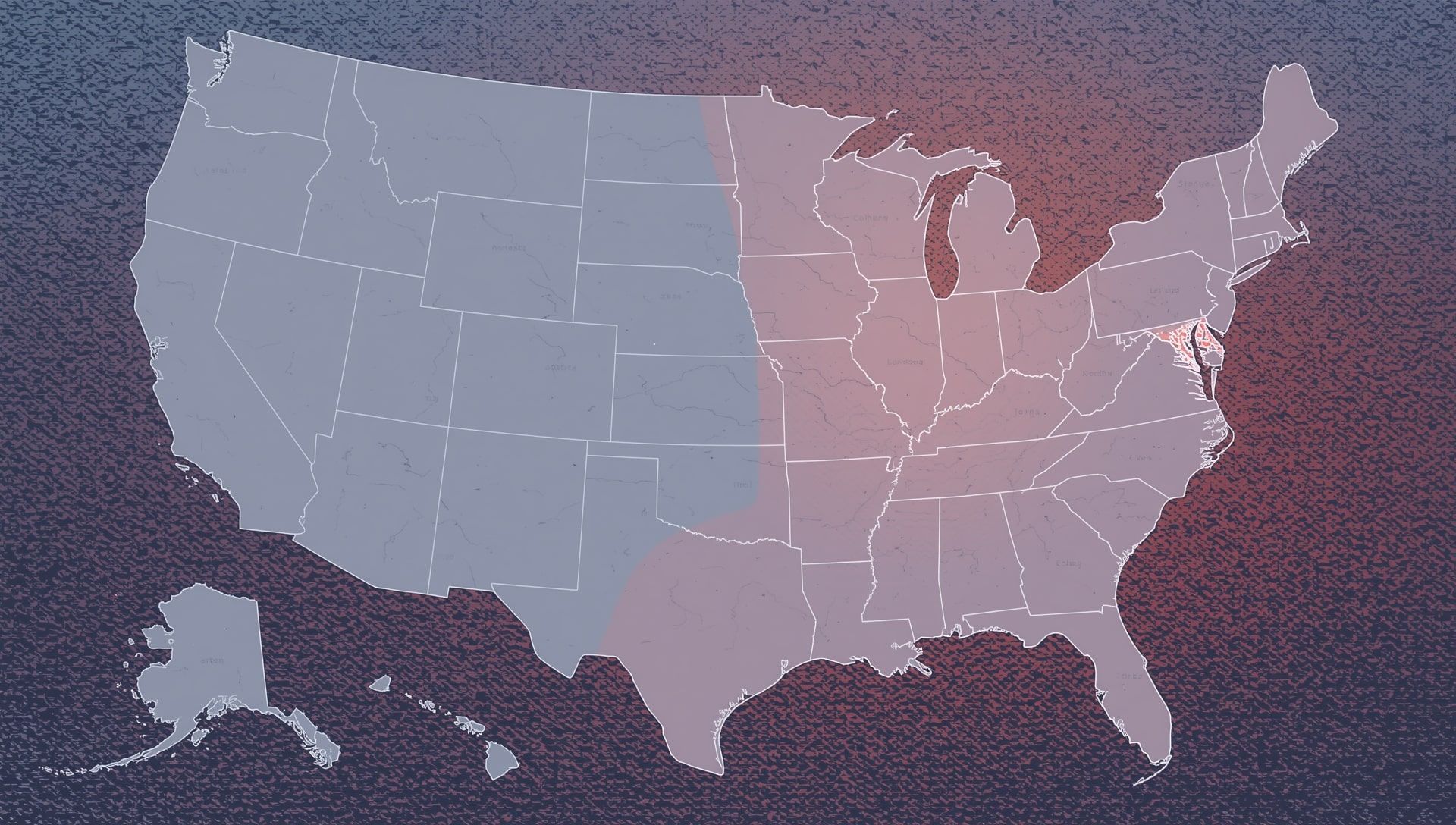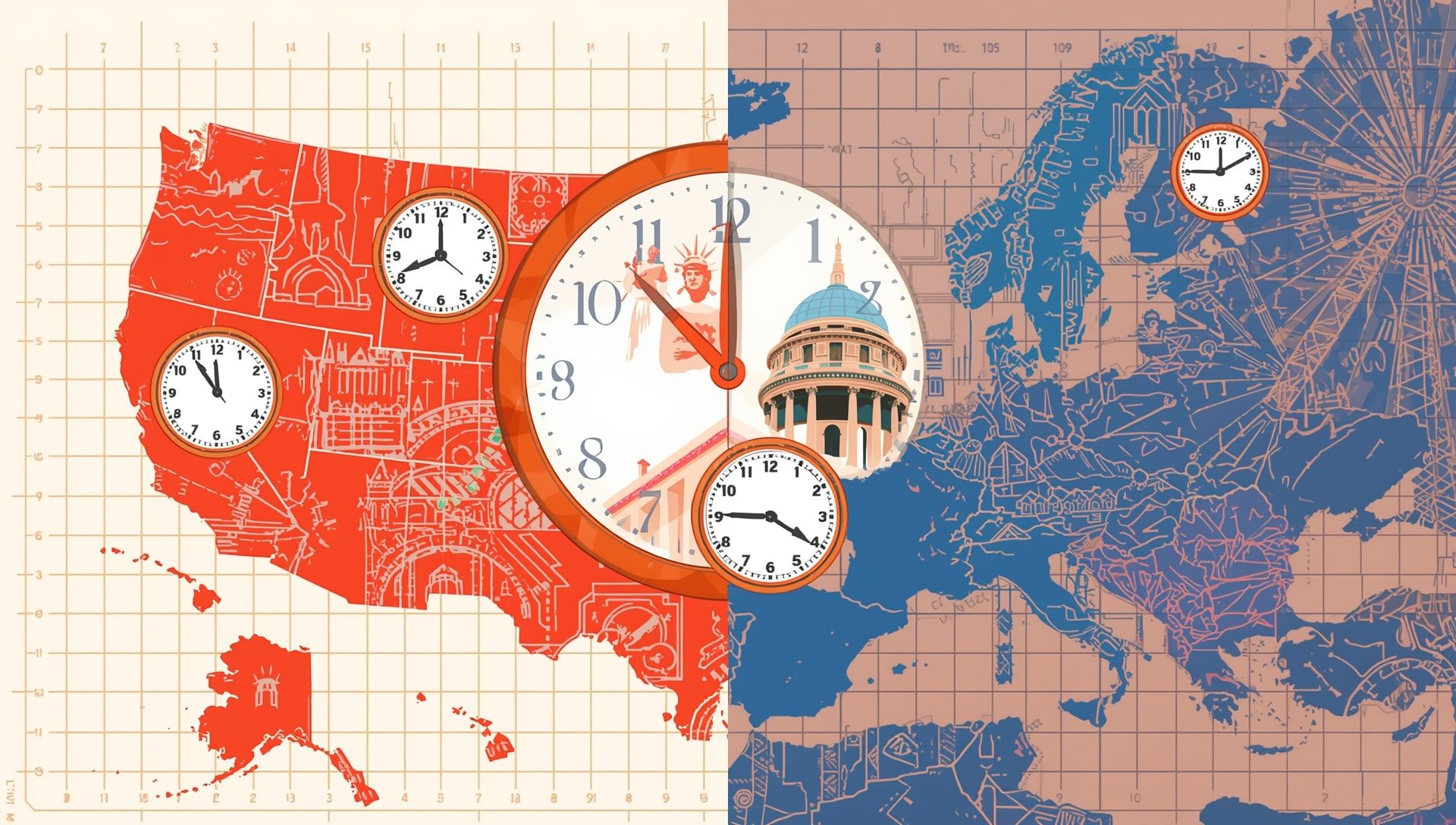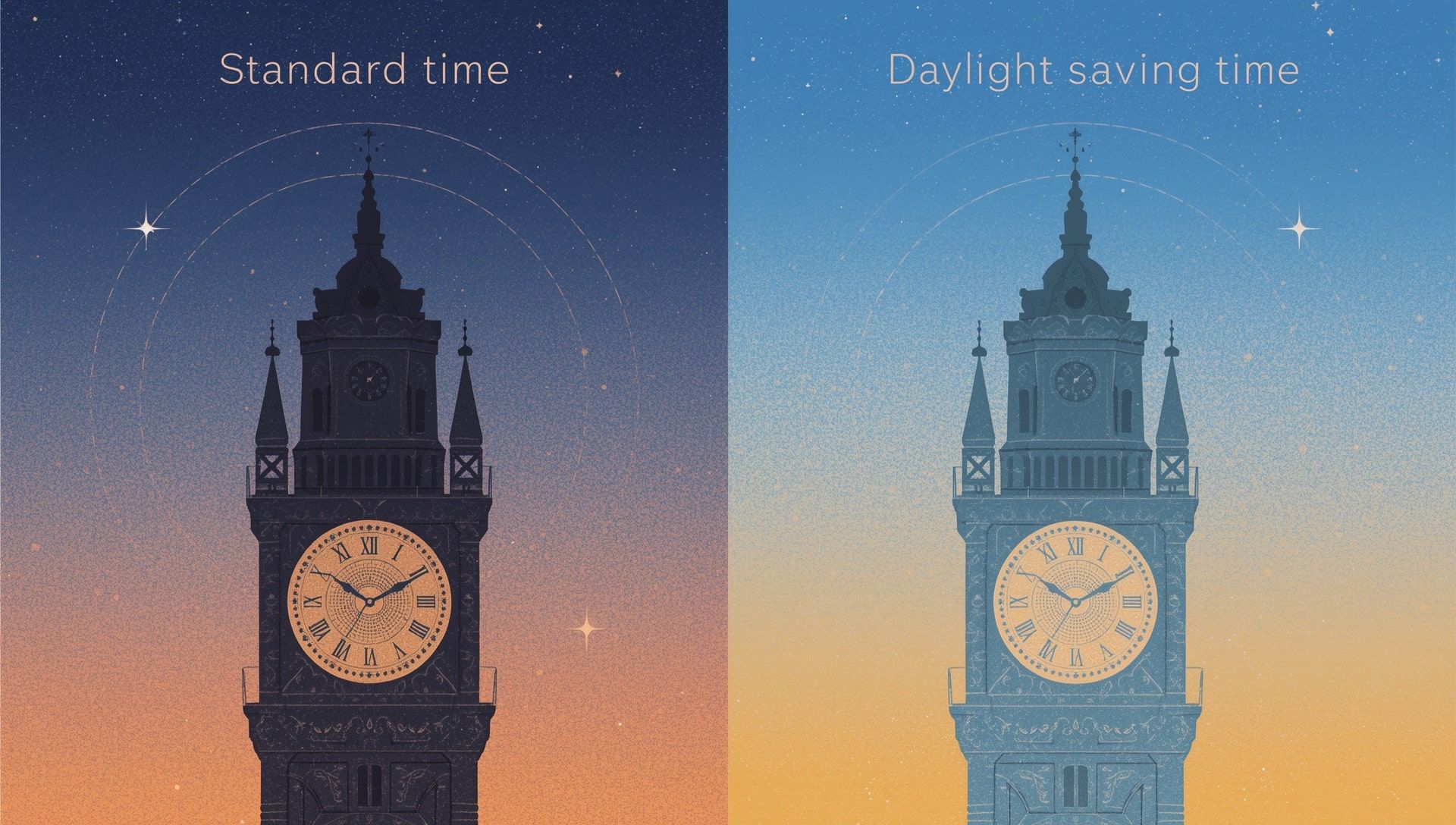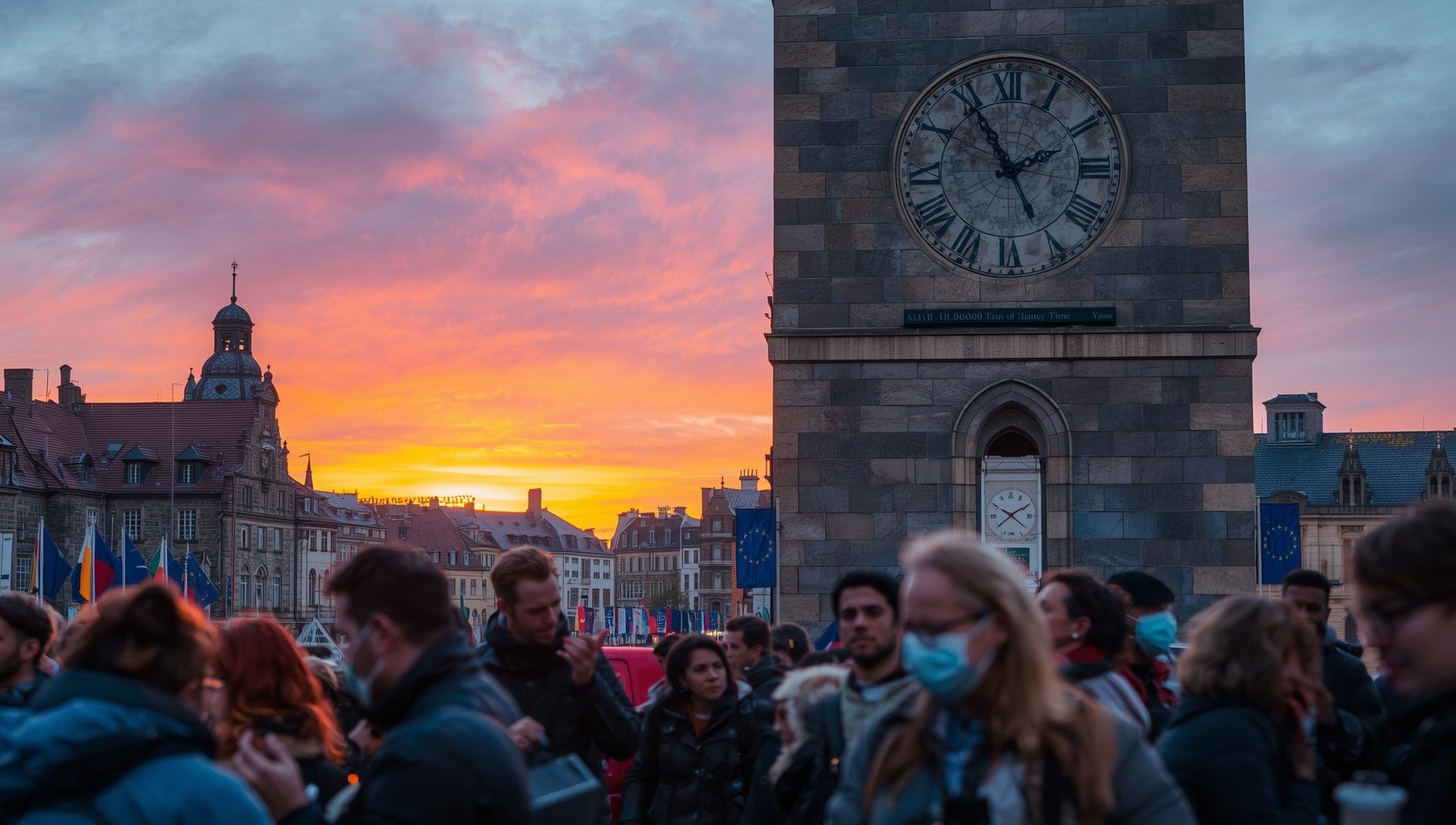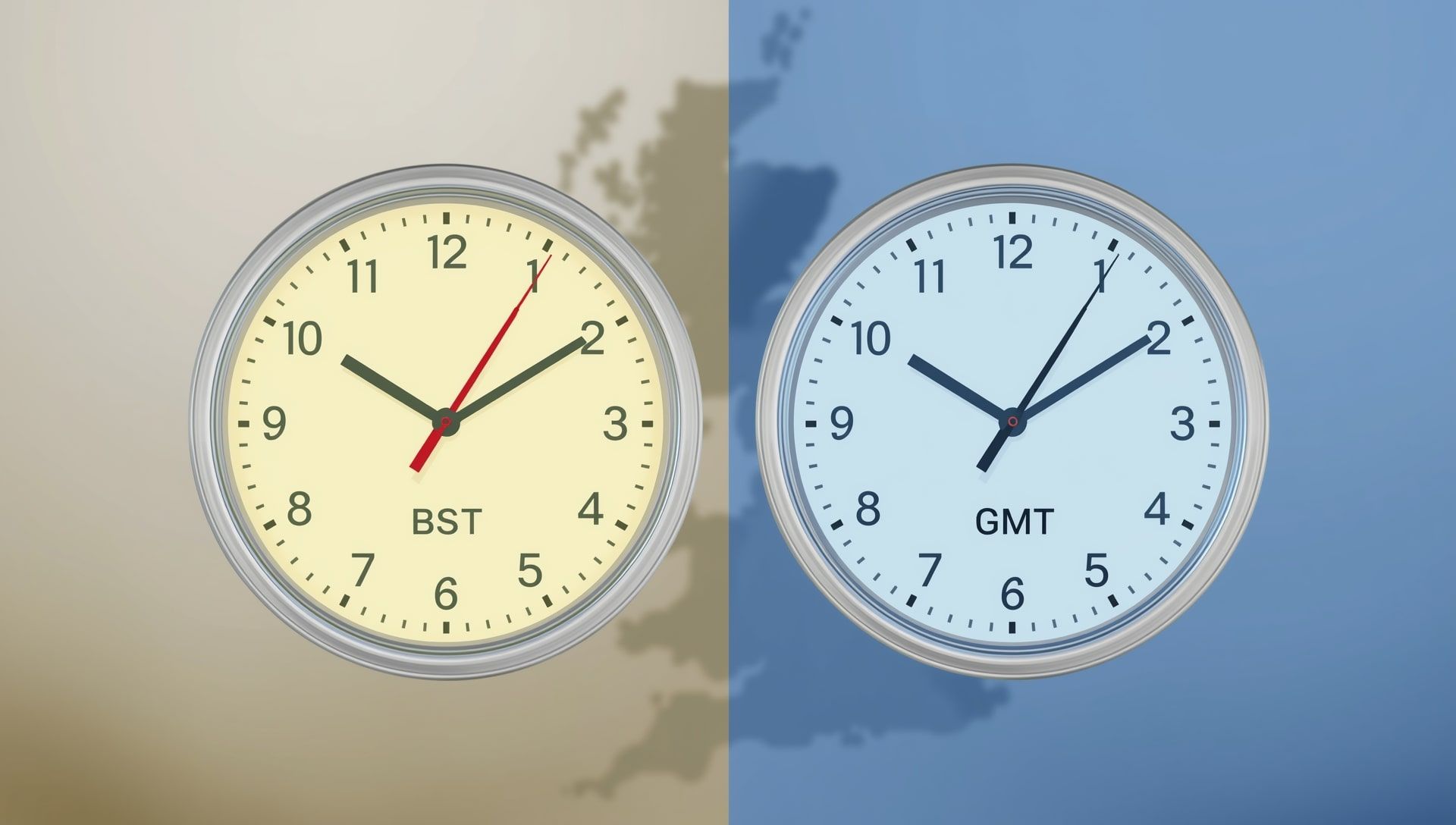Each year, most Americans move their clocks forward in March and back again in November. For many, it’s a routine that signals longer summer evenings and shorter winter days. But not every state follows this tradition. A few parts of the United States have opted out entirely, keeping the same time year-round. This guide gives you the full list of states that do not use Daylight Saving Time, plus every state that still does.
The States That Don’t Observe Daylight Saving Time
Two U.S. states have chosen to opt out of DST. They remain on standard time throughout the entire year, which means no “spring forward” or “fall back” adjustments. For reference, these states maintain consistent offsets within their respective time zones.
| State | Time Zone | Special Notes |
|---|---|---|
| Arizona | Mountain Standard Time (MST) | The Navajo Nation within Arizona still observes DST because its territory extends into other states that use it. |
| Hawaii | Hawaii-Aleutian Standard Time (HST) | Located near the equator, Hawaii sees very little variation in daylight throughout the year, so clock changes are unnecessary. |
Both states have practical reasons for opting out. Arizona’s hot climate means people prefer to avoid extended daylight hours in the evening, while Hawaii’s consistent sunrise and sunset times make time changes irrelevant.
Territories That Don’t Use DST
In addition to the two states, several U.S. territories also do not observe Daylight Saving Time. These include:
- American Samoa
- Guam
- Northern Mariana Islands
- Puerto Rico
- U.S. Virgin Islands
Like Hawaii, most of these territories are near the equator, where daylight hours change very little between seasons. You can view their corresponding regions on our world time zone map.
Why Most States Still Observe DST
Daylight Saving Time remains the default for nearly the entire country. The policy was designed to make better use of daylight during summer and reduce reliance on artificial lighting. While its original purpose centered on energy conservation, modern arguments often focus on lifestyle, longer daylight hours for evening activities and recreation.
Here are a few reasons most states still follow the practice:
- Uniformity across states and IANA time zones helps avoid confusion in travel, business, and broadcasting.
- Evening daylight supports tourism and retail industries that rely on outdoor consumer activity.
- Federal law currently requires states to follow the national schedule unless they opt out entirely.
All 50 States and Their DST Status
Below is a complete list of U.S. states and whether they observe Daylight Saving Time. For an overview of how local times vary across regions, check the World Clock page.
| State | Observes DST? | Notes |
|---|---|---|
| Alabama | Yes | |
| Alaska | Yes | |
| Arizona | No | Except Navajo Nation |
| Arkansas | Yes | |
| California | Yes | |
| Colorado | Yes | |
| Connecticut | Yes | |
| Delaware | Yes | |
| Florida | Yes | Has passed legislation to make DST permanent if allowed by Congress |
| Georgia | Yes | |
| Hawaii | No | Constant daylight hours year-round |
| Idaho | Yes | |
| Illinois | Yes | |
| Indiana | Yes | All counties now observe DST |
| Iowa | Yes | |
| Kansas | Yes | |
| Kentucky | Yes | |
| Louisiana | Yes | |
| Maine | Yes | |
| Maryland | Yes | |
| Massachusetts | Yes | |
| Michigan | Yes | |
| Minnesota | Yes | |
| Mississippi | Yes | |
| Missouri | Yes | |
| Montana | Yes | |
| Nebraska | Yes | |
| Nevada | Yes | |
| New Hampshire | Yes | |
| New Jersey | Yes | |
| New Mexico | Yes | |
| New York | Yes | |
| North Carolina | Yes | |
| North Dakota | Yes | |
| Ohio | Yes | |
| Oklahoma | Yes | |
| Oregon | Yes | |
| Pennsylvania | Yes | |
| Rhode Island | Yes | |
| South Carolina | Yes | |
| South Dakota | Yes | |
| Tennessee | Yes | |
| Texas | Yes | |
| Utah | Yes | |
| Vermont | Yes | |
| Virginia | Yes | |
| Washington | Yes | |
| West Virginia | Yes | |
| Wisconsin | Yes | |
| Wyoming | Yes |
Why These Two States Chose to Opt Out
The reasons behind Arizona and Hawaii decisions are practical rather than political, similar to the considerations discussed in the origins of Daylight Saving Time.
- Climate and Comfort: Arizona’s high temperatures make extended daylight hours uncomfortable in summer. Staying on standard time keeps evenings cooler sooner.
- Geography: Hawaii’s position near the equator means sunrise and sunset times hardly change year-round. There’s no practical reason to shift the clock.
- Consistency: Both states find that staying on one time zone year-round simplifies schedules for residents and businesses.
Will More States Stop Using DST?
Many states have expressed interest in ending the twice-yearly clock change. However, federal law prevents states from adopting permanent Daylight Saving Time without congressional approval. Over 20 states have passed resolutions or bills showing intent to move to permanent DST if allowed by federal law, but none can act on it yet. For updates on related legislative efforts, explore our European Union DST reform coverage.
Where Things Stand Today
For now, only Arizona and Hawaii remain permanently on standard time. All other U.S. states will continue observing the familiar ritual of setting clocks forward in spring and back in autumn. While the conversation about time reform continues, change is unlikely until Congress updates the federal law.
Until then, twice a year, Americans everywhere, except for those in Hawaii and most of Arizona, will keep adjusting their clocks and debating whether it is worth the hassle, a ritual that highlights just how intertwined our schedules are with the calendar and natural light.
